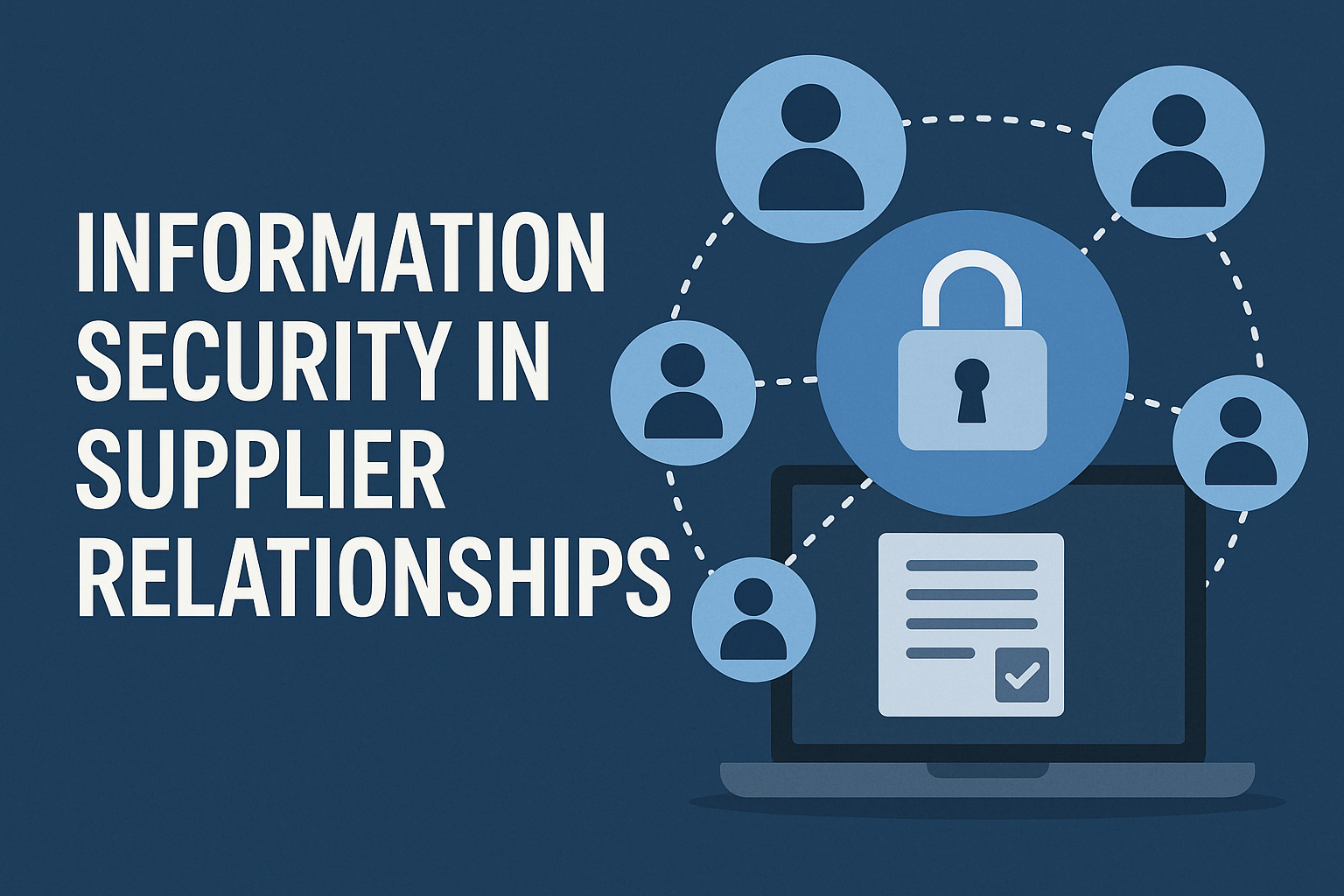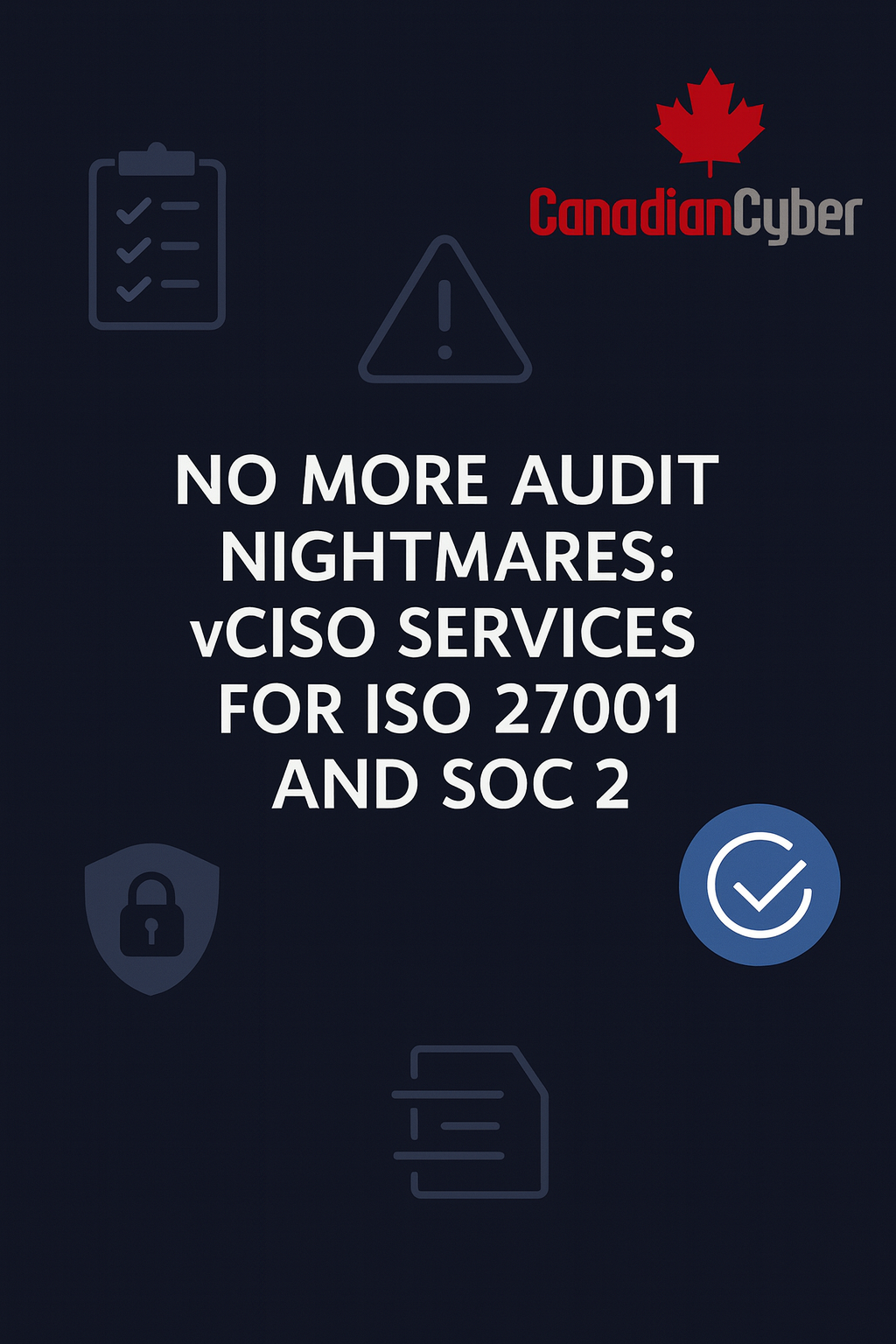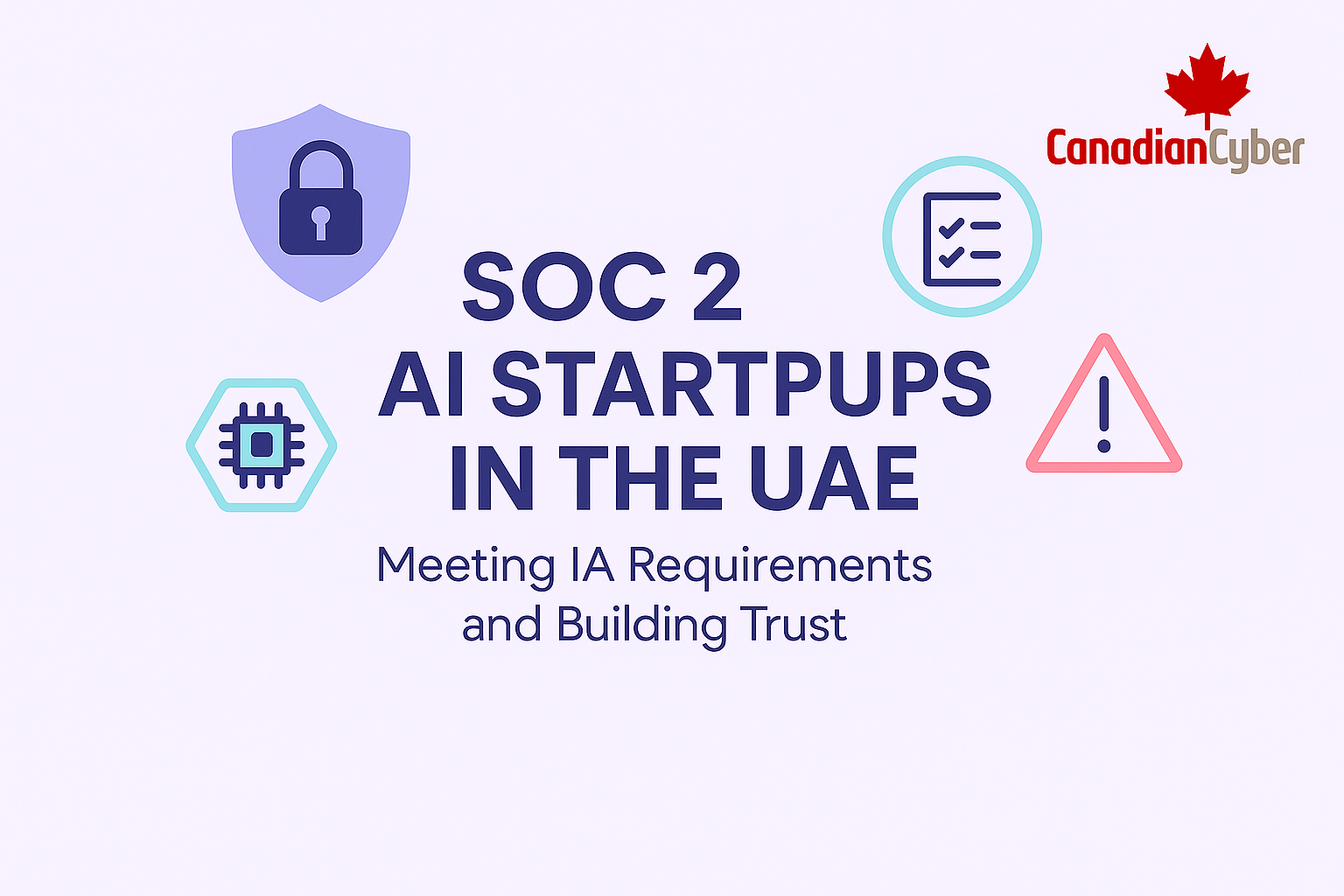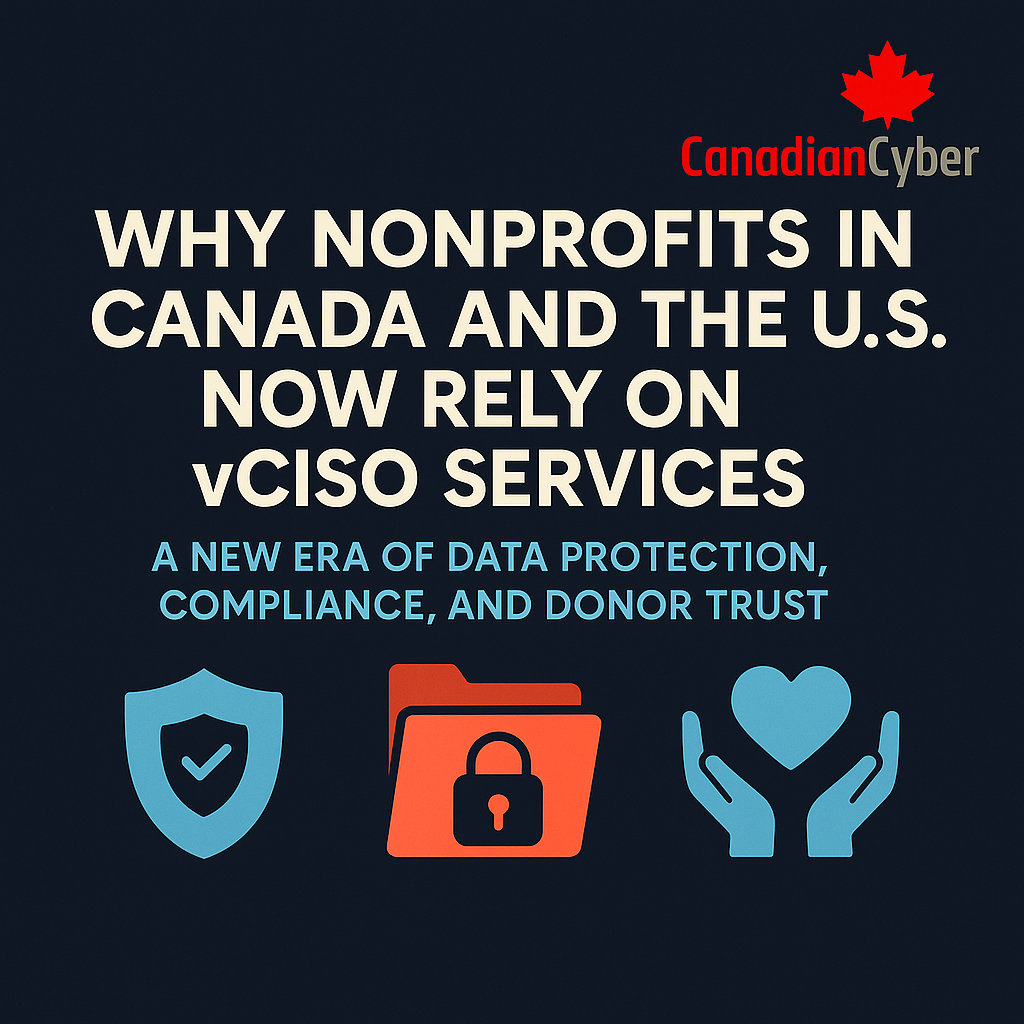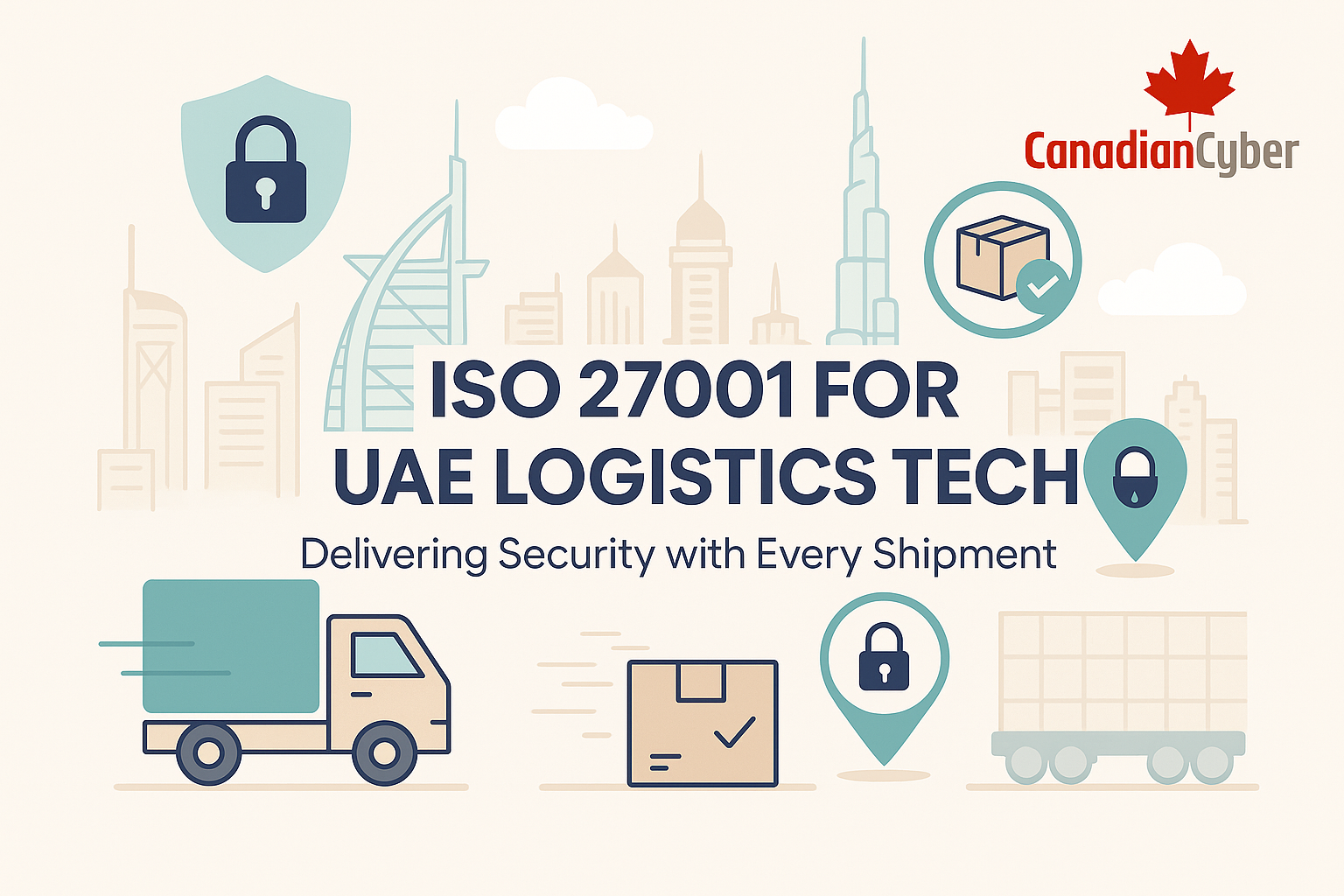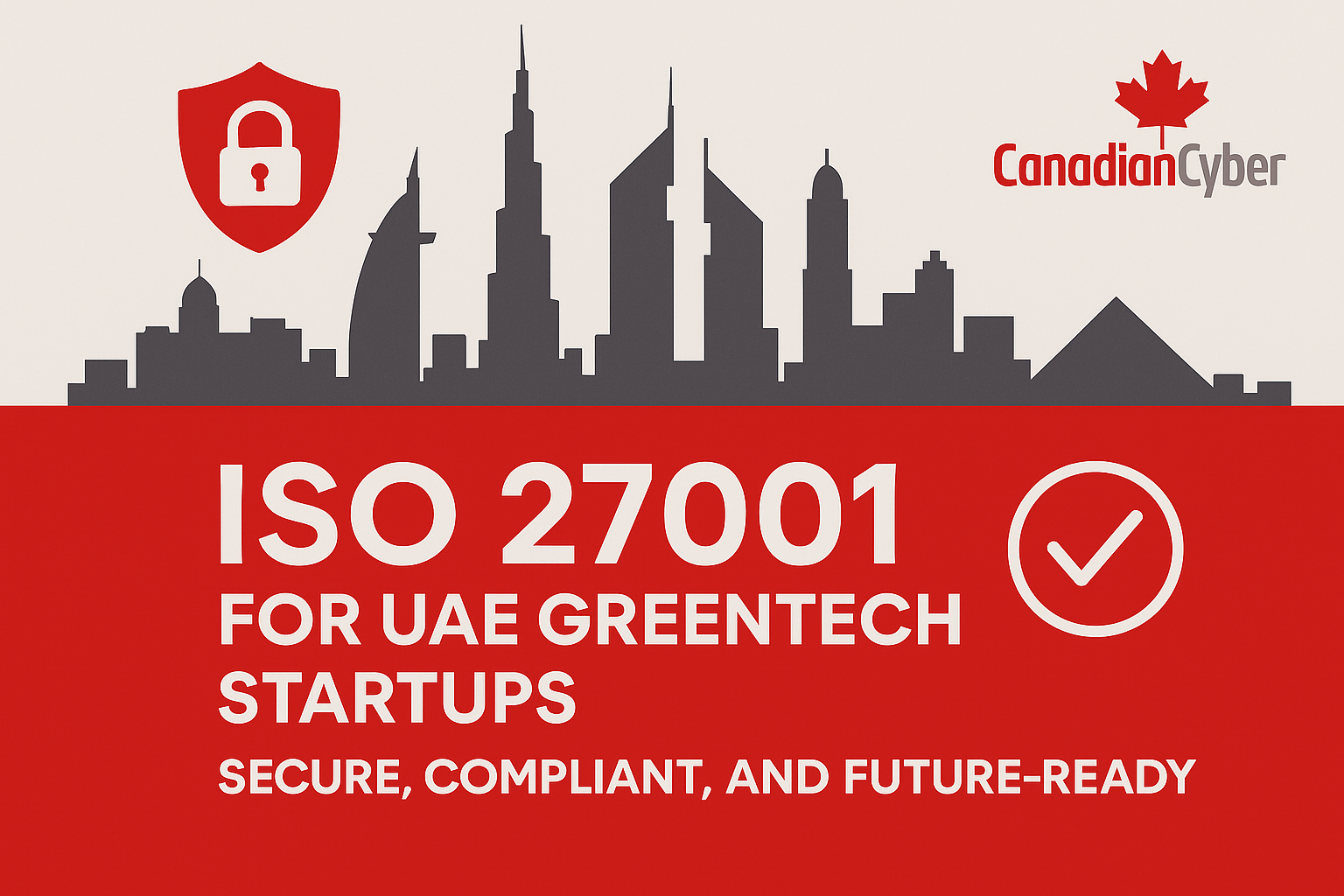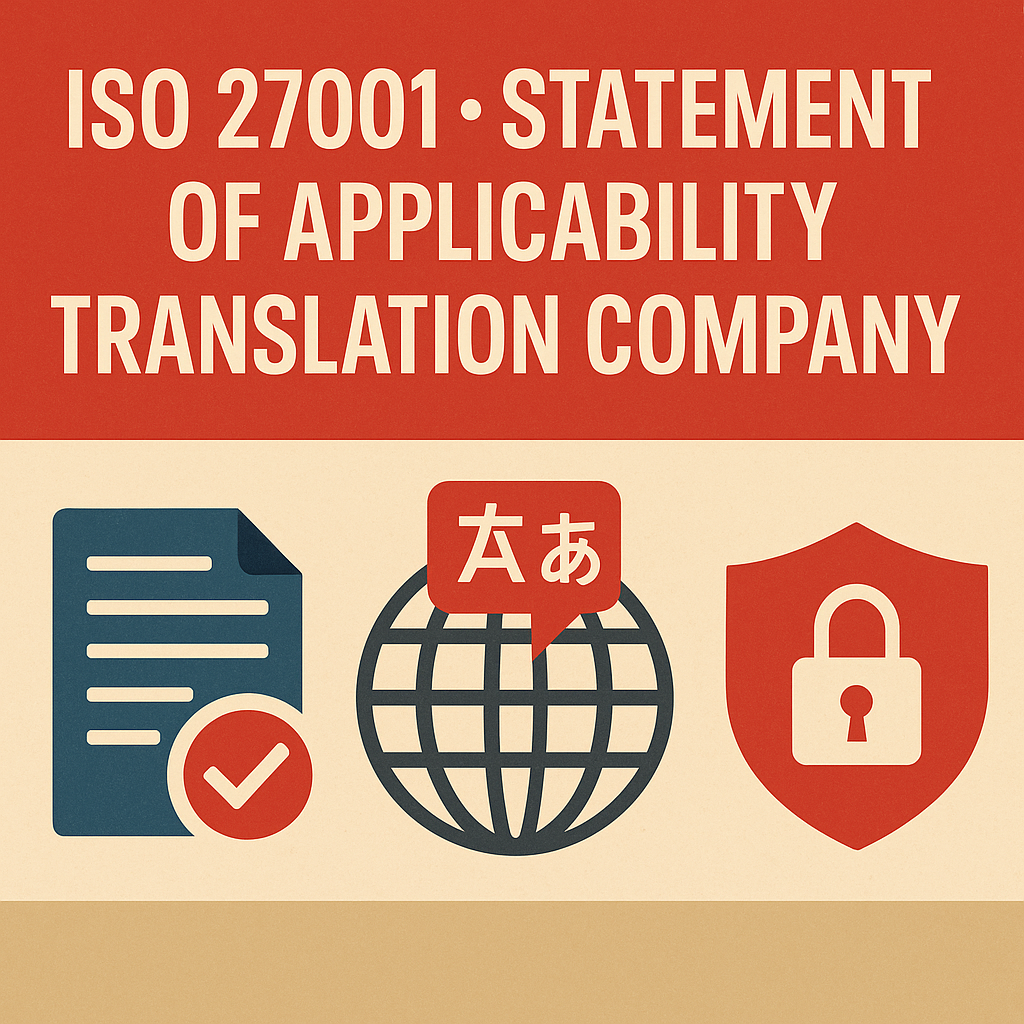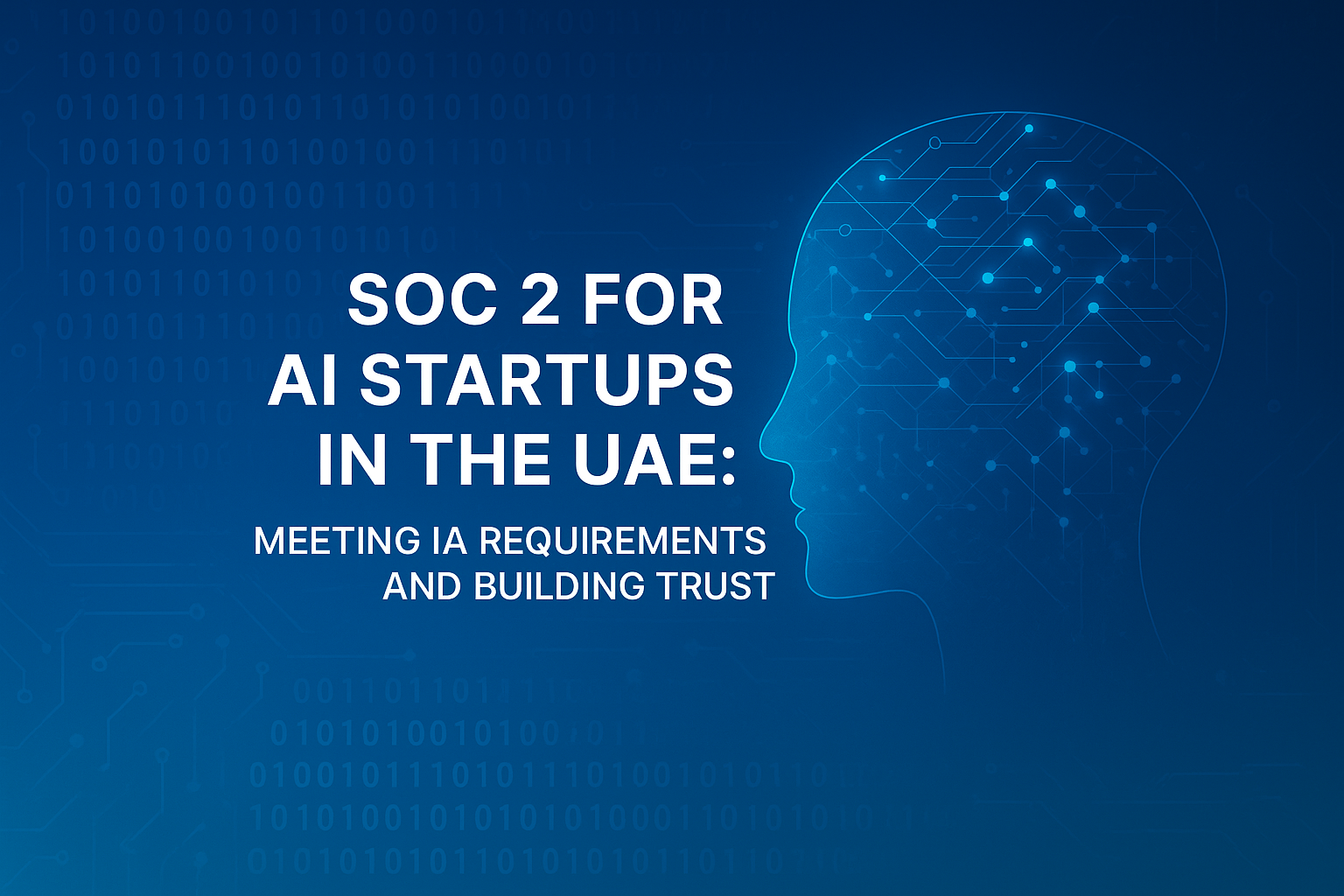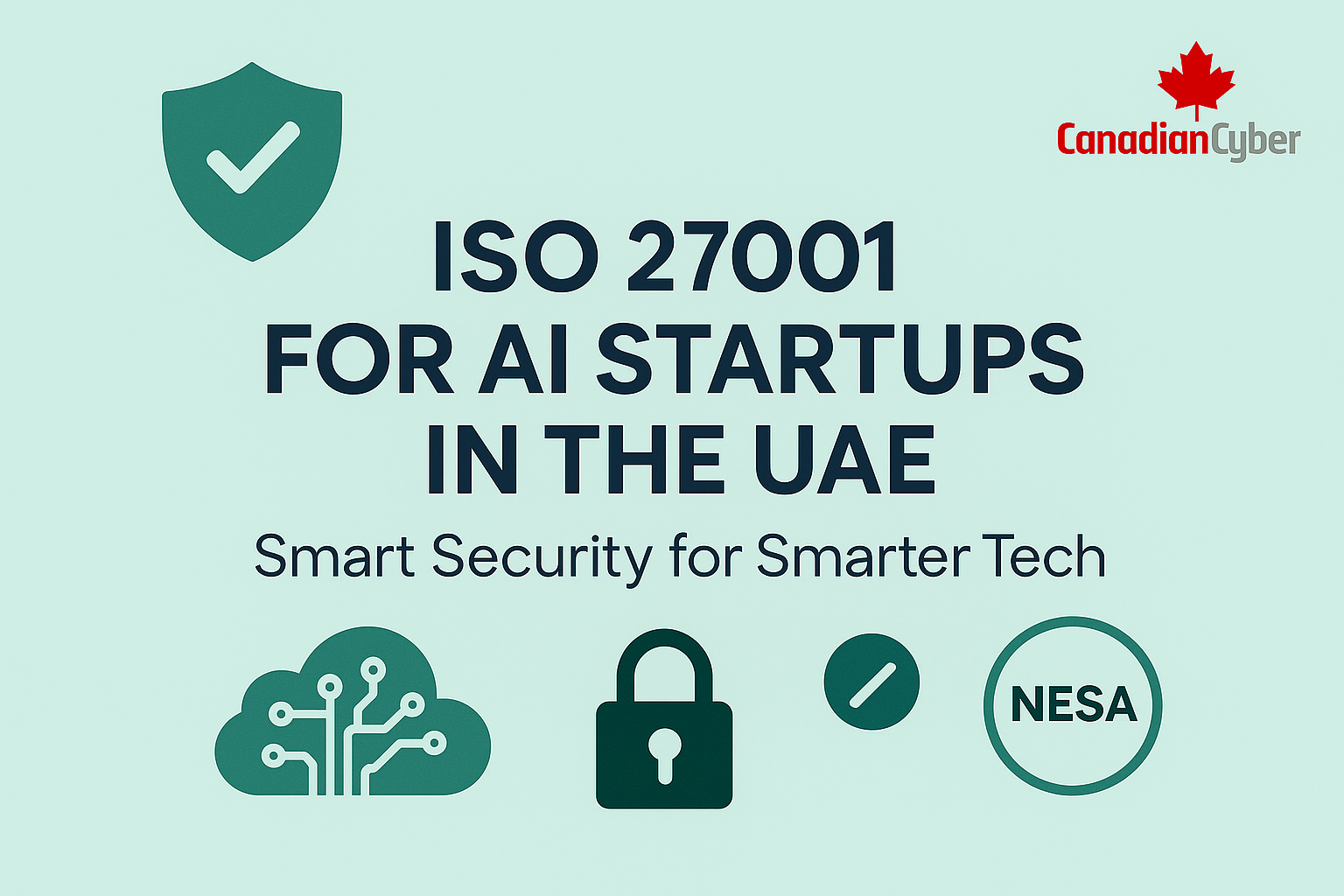Introduction
Your cybersecurity is only as strong as the weakest link in your supply chain. Even one insecure supplier a cloud provider, IT vendor, or subcontractor can open the door to a serious breach.
That’s why ISO 27001 Control 5.53 Information Security in Supplier Relationships is critical. It ensures every supplier handling your information meets the same security standards you do.
Because protecting your business means protecting everyone who touches your data.
What This Control Is About
This control focuses on building security into supplier relationships from selection to ongoing management.
It requires organizations to identify which suppliers access their information and ensure those suppliers have appropriate security controls in place.
That includes:
- Vendors with access to your systems or data
- Managed service providers (MSPs)
- Cloud or SaaS providers
- Consultants or subcontractors
Why ISO 27001 Control 5.53 Matters
Supply chain risks have become one of the biggest cybersecurity challenges. Breaches like SolarWinds, MOVEit, and vendor-related ransomware attacks show how quickly one weak supplier can compromise thousands of organizations.
Control 5.53, from ISO/IEC 27002:2022 Section 5.53, is an Organizational control that’s both preventive and detective in nature. It protects Confidentiality, Integrity, and Availability through the Govern and Protect cybersecurity concepts.
Implementing this control helps you:
- ✅ Identify and manage supplier-related risks
- ✅ Ensure third parties meet your security requirements
- ✅ Maintain compliance with ISO 27001, SOC 2, and privacy laws
- ✅ Build trust and accountability across your supply chain
How to Apply This Control
Here’s how to strengthen supplier security step by step:
1️⃣ Identify Suppliers Handling Sensitive Data
Create a list of all vendors and partners that store, process, or access your data.
2️⃣ Conduct Risk Assessments
Evaluate each supplier’s information security posture. High-risk vendors may need more frequent audits or stronger contracts.
3️⃣ Define Security Requirements in Contracts
Include clauses for:
- Data protection and confidentiality
- Incident reporting and response timelines
- Right to audit and compliance verification
4️⃣ Monitor and Review Regularly
Perform regular assessments, audits, or evidence reviews (e.g., ISO 27001 or SOC 2 certificates).
5️⃣ Establish Clear Communication Channels
Ensure suppliers know how to report security incidents and coordinate on risk mitigation.
Common Pitfalls
- 🚫 Assuming suppliers manage their own security effectively
- 🚫 Not verifying compliance after onboarding
- 🚫 Contracts missing cybersecurity clauses
- 🚫 No defined response plan for third-party incidents
Remember: outsourcing responsibility doesn’t mean outsourcing accountability.
Canadian Cyber’s Take
At Canadian Cyber, we help organizations establish secure supplier management frameworks aligned with ISO 27001 and SOC 2.
Our services include:
- Vendor risk assessments and due diligence reviews
- Supplier compliance audits
- Contract and SLA development with security clauses
- Continuous monitoring of supplier risk
We use proven methodologies and automation tools to simplify compliance so you can focus on operations while knowing your supply chain is secure.
Because true cybersecurity isn’t built alone it’s built together.
Takeaway
Even the best internal security program can fail if your suppliers don’t play by the same rules.
ISO 27001 Control 5.53 ensures information shared with vendors and partners stays secure throughout the relationship from onboarding to offboarding.
It’s not just about managing vendors it’s about managing trust.
How Canadian Cyber Can Help
At Canadian Cyber, we provide:
Third-Party Risk Management (TPRM) Assessments
ISO 27001 Supplier Relationship Compliance Consulting
Contract and SLA Security Review Services
Connect with Us:
📩 Contact us: info@canadiancyber.ca
Follow Canadian Cyber:



